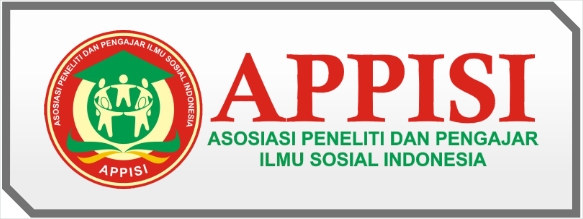Dinamika Peran Alat Bukti Elektronik Sebagai Alat Bukti Pada Sistem Pembuktian Tindak Pidana Di Indonesia
DOI:
https://doi.org/10.59581/jhsp-widyakarya.v2i3.3398Keywords:
Evidence, Electronic Evidence, DocumentsAbstract
The recognition of electronic evidence as evidence that can be submitted to court and recognized as valid evidence has been carried out since 1977 through the Company Documents Law which stipulates that microfilm containing recorded documents of a company can be submitted as evidence in court if it arises in the future. lawsuit. According to the Company Documents Law, electronic document evidence is part of documentary evidence, whereas the Corruption Law clearly explains that electronic information and electronic documents are an extension of documentary evidence. Because electronic mail in the form of electronic information or electronic documents has been recognized as one of the valid pieces of evidence in special crimes outside the Criminal Code, in line with the legal evidence in Article 184 of the Criminal Procedure Code which is a new type of evidence, it is hoped that investigators, public prosecutors, advisors The law and judges have an understanding of this electronic evidence. In examining criminal cases, it is hoped that the judge will impose a sentence based on two valid pieces of evidence and the judge will be convinced that the defendant is guilty of committing a criminal act, then the judge must impose the maximum sentence according to the prosecutor's demands, so that the defendant will be deterred and the public's sense of justice will be fulfilled.
References
Dianti, Y. (2017). 23-Article Text-75-1-10-20230807. Angewandte Chemie International Edition, 6(11), 951–952., 2, 5–24.
Pada, B., Pembuktian, S., Pidana, T., & Indonesia, D. I. (2014). 35260-ID-peran-dokumen-elektronik-sebagai-alat-bukti-pada-sistem-pembuktian-tindak-pidana. 1, 1–15.
Downloads
Published
How to Cite
Issue
Section
License
Copyright (c) 2024 Aida Jihannisa Haidar, Zakia Sofi Salsa Bela Laili

This work is licensed under a Creative Commons Attribution-ShareAlike 4.0 International License.













